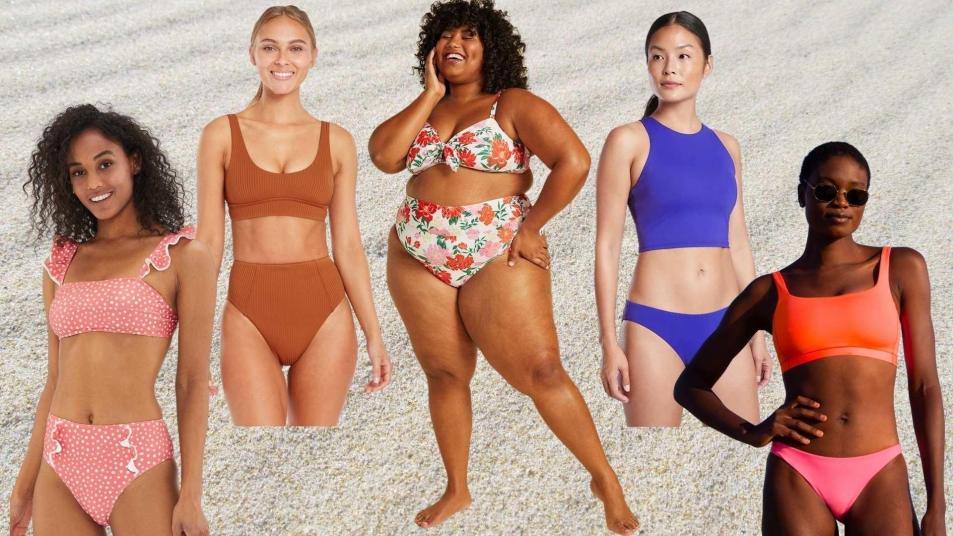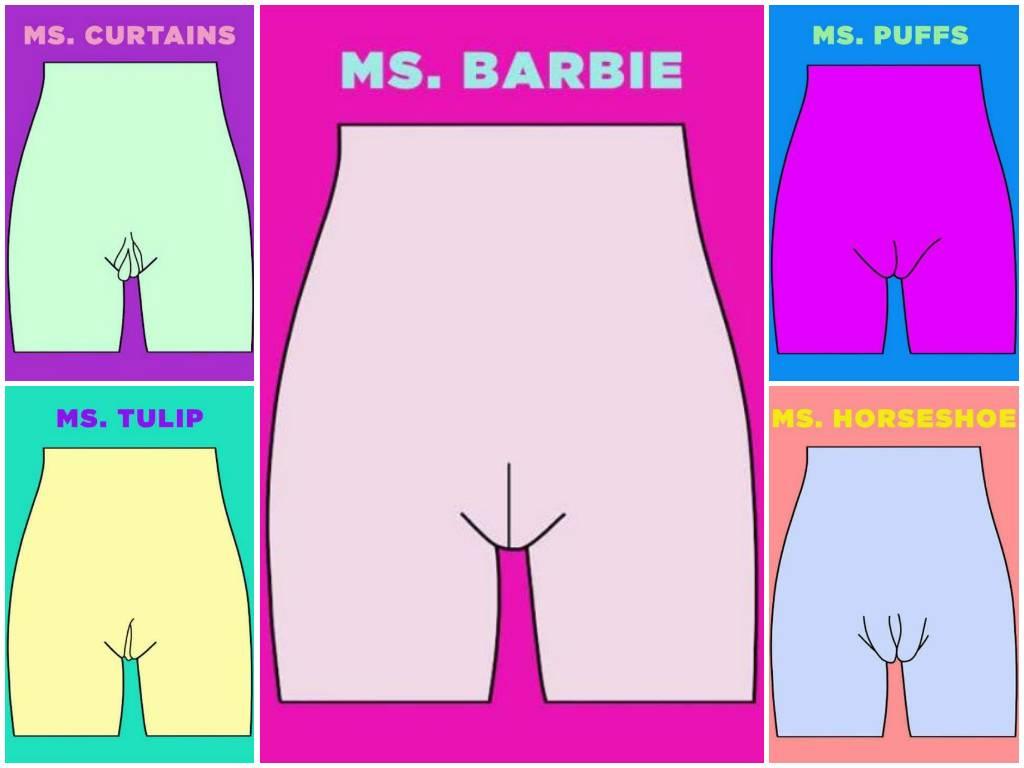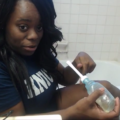There wasn’t even a medical term for the female sexual passage until around the 1680s. Before then, the Latin word “vagina” referred to a scabbard or sheath for a sword. So it shouldn’t be surprising that in the medical realm, the vagina and other female reproductive parts were long viewed as mysterious — and even treacherous — bits of anatomy.
The ancient Greek physician Aretaeus believed that the uterus wandered about the female body like an “animal within an animal,” causing illness as it banged into the spleen or liver. He also believed that it was drawn to fragrant smells, such that a physician could lure it back into place by presenting the vagina with pleasant scents.
As historian Thomas Laqueur has written, it was common belief at the time that men and women literally shared the same sexual organs. And so it has gone for the vagina — its history is rife with myth, misunderstanding, and mistreatment.
What is the vagina?
The vagina is an elastic, muscular canal with a soft, flexible lining that provides lubrication and sensation. The vagina connects the uterus to the outside world. The vulva and labia form the entrance, and the cervix of the uterus protrudes into the vagina, forming the interior end.
The vagina is about 3 inches long. The shape of a vagina can vary from person to person. Some vaginas are oval like an egg, while others can be more cylindrical. The opening of the vagina is between the urethra, through which urine leaves the body, and the anus. The vaginal opening is where blood leaves the body during menstruation, a penis enters during intercourse, and a baby leaves the body during birth.
The hymen is a thin layer of tissue that surrounds and partially covers the vaginal opening. Sexual intercourse or exercise can stretch or tear it. The cervix connects the uterus to the vagina. A small hole in the cervix allows menstrual blood and sperm to pass through. During childbirth, the cervix dilates. The vagina expands through arousal and sexual stimulation. During sexual arousal, the uterus and cervix lift upward, elongating the vagina. People refer to this process as tenting.
How many types of vagina are there?
Generally there are five types of vagina based on size and shape they are:
Ms. Barbie: This is the least common shape the waxer’s seen and is when the labia minora are totally contained within the labia magora. The beautician noted that this is what most people think of when they picture a vagina, but it is not actually what most vaginas look like.
Ms. Puffs: This ‘type’ is similar to the Ms. Barbie – but the lips of the vagina sit lower on the the pubic bone and are ‘either full and puffed up or thin and loose’. Scientific note: the way the lips hang has little to do with the age or weight of a woman.
Ms. Curtains: Ms. Curtains is the type Mel see’s most often and is the description for when the labia minora extends past the labia majora, sticking out either a little or a lot.
Ms. Horseshoe: Ms. Horseshoe is Mel’s name for a vagina that opens wider at the top but closes at the bottom, with the shape of a horseshoe.
Ms. Tulip: This type gets it name from a tulip about to bloom, with the labia minora slightly exposed up and down the labia majora.
Want a healthy vagina?
This organ requires very little care, so less is more, doctors encourage women to do the following:
Go for whole body health. Eat right, control your weight and exercise. Not only is this good for your whole body; it’s good for your sexual organs too. Conversely, chronic conditions can put women at risk. For example, poorly controlled diabetes increases a woman’s likelihood of contracting yeast infections and urinary tract infections (UTIs).
Get regular screenings. Stay current with health screenings, and see your gynecologist for routine care. Remember that screening intervals for pap smears change based upon your age and Pap smear findings. For young women, HPV vaccination is especially important for reducing cervical cancer risk.
Use condoms. It’s so important to protect yourself from sexually transmitted diseases and unwanted pregnancies. Insist on using condoms with any new sexual partner.
Just use water. The vagina is a self-cleaning organ. Using harsh chemicals, prepackaged wipes or douching can disrupt its normal process. If you must, a gentle soap is OK for the external genitalia. Most products marketed to help women feel or smell cleaner are not backed by any scientific evidence and can lead to other problems. If you have particularly sensitive skin, also watch for soaps and shampoos you use in the shower. Even laundry detergents, dryer sheets, and some lubricants can cause irritation.
Don’t prep for your gynecologist. Showering is all we expect and desire.
Consider natural lubricants. Coconut oil or olive oil may be better lubricants and vaginal moisturizers than manufactured products; they’re an option for women who aren’t using condoms.
Never ignore post-menopausal bleeding. If you ever experience bleeding after menopause, see your doctor for an evaluation.
Prolapse and incontinence are usually not dangerous. These conditions only need treatment if they bother you; no need to treat them just because the gynecologist noted them during an exam. However, if you have trouble emptying your bladder or bowels or have pain or bleeding, it’s time to seek care.
Vaginal estrogen is safe for most women. Vaginal estrogen can help prevent or reverse changes that occur with age, such as painful sex (due to thinning vaginal walls and less elasticity) and increased risk for UTIs (due to pH changes as the vagina becomes less acidic).






